Wearing a linen blouse in summer is very weather friendly if you can stand the wrinkles, which of course are a characteristic of wearing linen fabric.
I love to wear linen blouses but I do not like the wrinkles and pleats of the back hem. I wear a long blouse so it creases a lot at the back hem due to sitting. I wondered if there was a cure to prevent any more bunching up the hem.
So after some brainstorming I came up with the idea to use a lead tape inside the hem, to keep the hem hang straight even after sitting.
Lead tape is mostly used in curtain hems but I did use the lead tape inside my blouse hem and it works like a charm.
I bought some lead tape the lightest weight the store had was 35 grams per meter , but that was a bit too heavy to use in a blouse hem. Unfortunately the store did not have the lightest weight tape which is 15 grams per meter. The 35 gram tape was not the right weight to use in my blouse hem, it was too heavy and it showed a ridge in my hem seam allowance, due to the larger diameter.
detailed view of the lead weight tape, partly uncovered to show the lead weights:
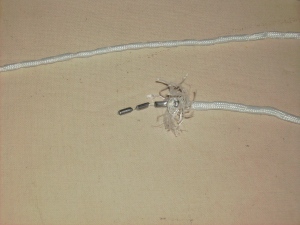
Lead tape is available per meter here in The Netherlands in different weights and I needed a lightweight lead tape 15 gram per meter which is the lightest weight.
See the difference in size and diameter for 35 grams at the top and 15 grams at the bottom. I removed some of the cover so you can see a detailed view what is inside the tape.

So I remembered that I had some polyester organza curtains in my stash , which were a big mistake, color was wrong, but I could re-use the lead tape. One hour later I had ripped the lightweight lead tape 15 grams per meter and used that tape to stabilize my linen blouse hem.
I wore my blouse for a day and the hem is still looking good and no bunching up hem.
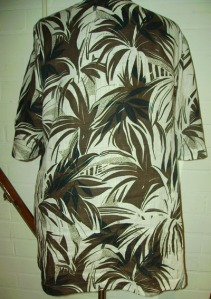

Eureka that was the best solution to keep my linen blouse hem stay put.
I secured the lead tape at the inside of the mitered corners of the blouse hem at center front and side slits with some hand stitching.
The tape is laying loose in the hem allowance and should withstand washing. I am going to hang dry my blouse so the covered lead tape will not harm my linen fabric.
I made a sample for pressing/ ironing and noticed that if I move the tape a bit upward I can press the hem fold without showing a small ridge, due to the tape which is inside the hem allowance.
So there is no need to press the hem touching the tape because it can move due to the hem allowance ( 1,5 inch) I used for this blouse.
Since I had no information if this tape was available in the US I asked fellow diva MaryBeth and she directed me to a US source for this tape amazon.
If you love to wear linen and want to prevent any bunching up of the hem, this is a way to keep the hem hanging straight.






















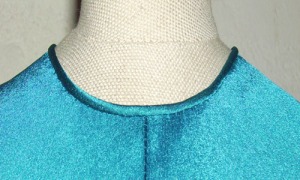





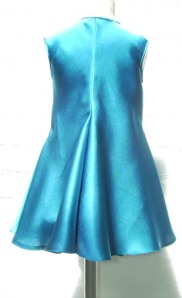
 Front view
Front view
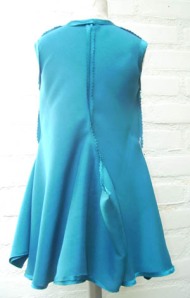

 Several high profile designers have some interesting jewelry in their collections right now. Both
Several high profile designers have some interesting jewelry in their collections right now. Both 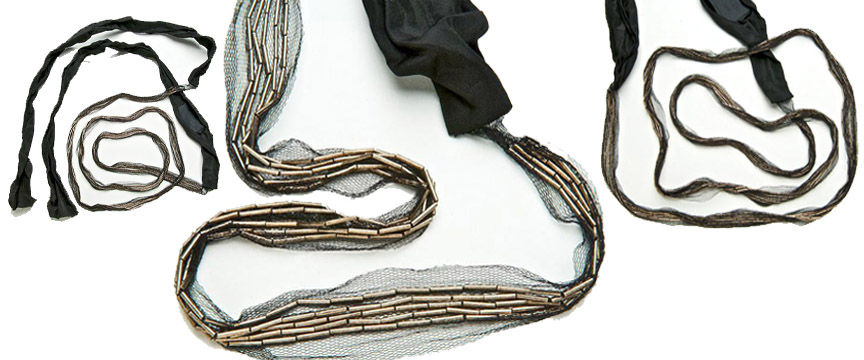




 Subscribe with Bloglines
Subscribe with Bloglines